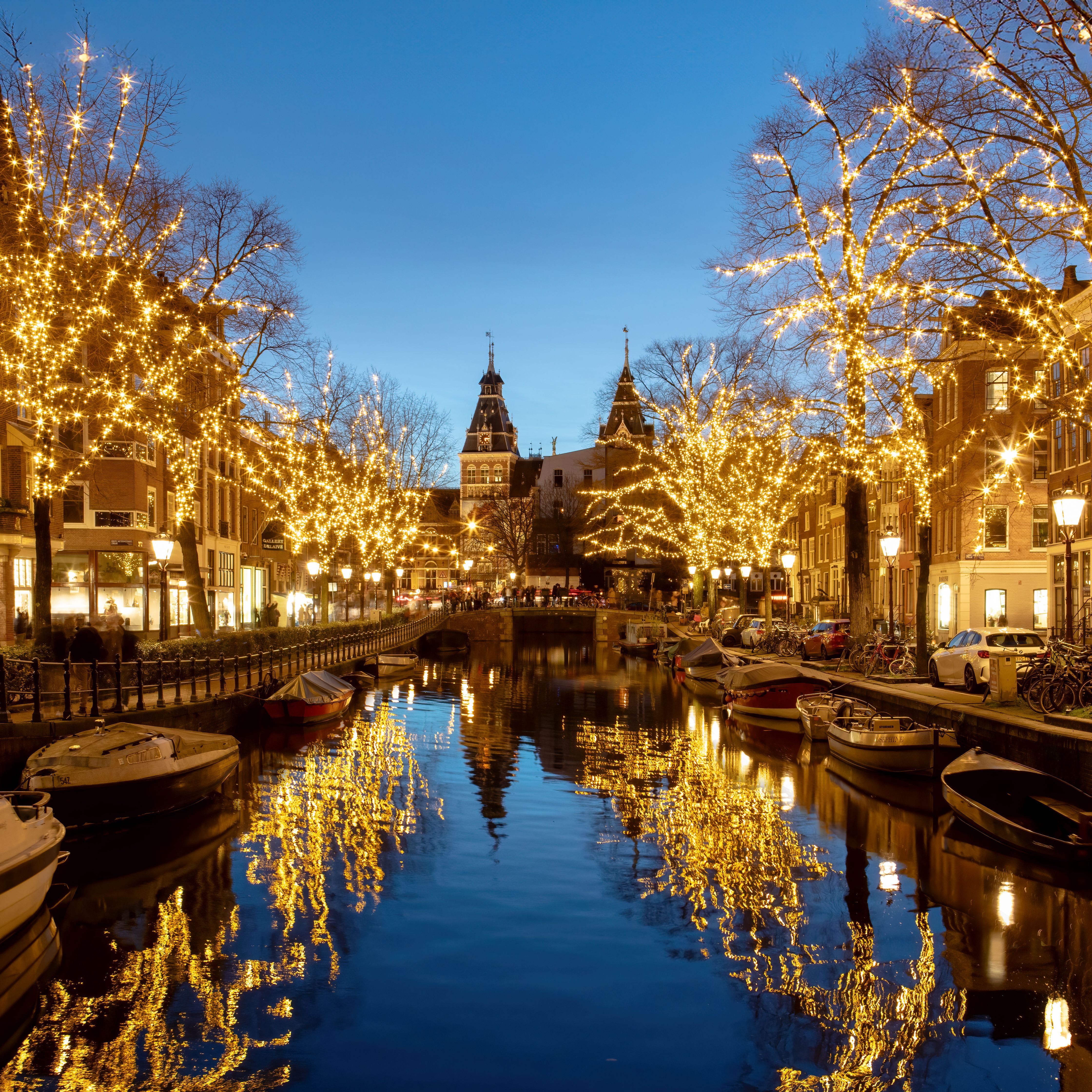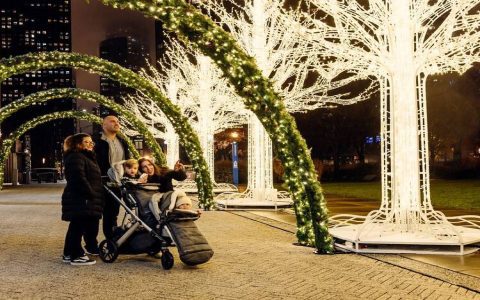Christmas architecture encompasses the seasonal adaptation, decoration, and temporary construction of built environments to celebrate the festive period. It is characterized not as a distinct architectural style, but as a specialized application of design principles aimed at creating immersive, thematic experiences through visual and spatial transformations.
Core Principles of Festive Architectural Expression
Several key elements define how architecture is utilized and modified for Christmas celebrations:
- Luminous Design: Light is a fundamental component. This includes extensive use of string lights, LED installations, façade projections, illuminated sculptures, and strategically lit focal points. The objective is to create warmth, wonder, and highlight architectural features or create new festive forms.
- Ephemeral Structures: Temporary constructions are central to Christmas architecture. Examples include Christmas market stalls, pop-up grottoes, seasonal pavilions, ice rinks, and large-scale decorative installations. These structures are designed for short-term impact and ease of assembly/dismantling.
- Symbolic Ornamentation: Existing buildings and public spaces are often adorned with traditional Christmas iconography. This involves the application of wreaths, garlands, oversized baubles, stars, and thematic figures, integrated into the building's design or standing as prominent features.
- Materiality and Atmosphere: Material choices aim to evoke specific sensory experiences associated with the season. Natural elements like pine, wood, and foliage are common, alongside reflective materials, artificial snow, warm textiles, and vibrant colors to create a cozy or magical ambiance.
- Experiential Placemaking: The ultimate goal is to transform public and commercial spaces into engaging environments that enhance the festive experience. This involves curating pedestrian pathways, creating photo opportunities, and designing cohesive thematic zones that encourage interaction and congregation.
Functional and Cultural Significance
Christmas architectural interventions serve multiple purposes. Commercially, they are vital for attracting footfall to retail areas and entertainment venues. Culturally, they contribute to community spirit, reinforce traditions, and create shared public memories. For designers, this period offers unique opportunities for creative expression, pushing boundaries in temporary installations and lighting design within a universally recognized thematic framework.








